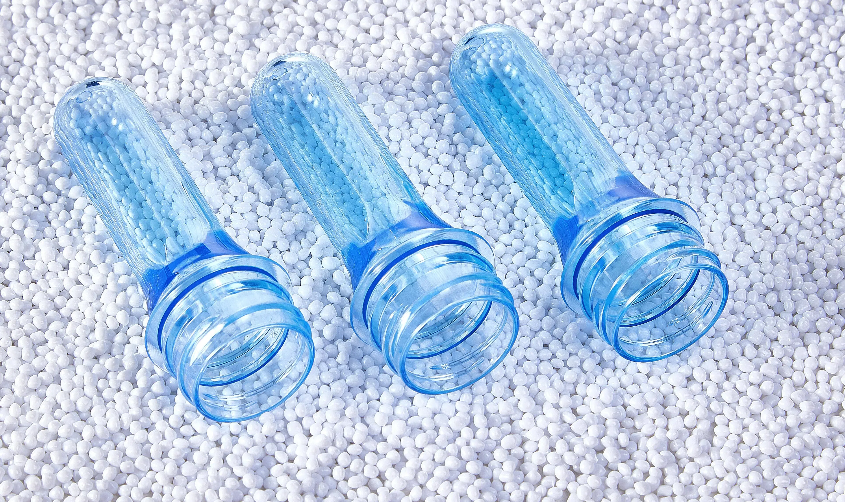The 38mm bottle mouth has become more than just a design specification—it's now a recognized packaging standard in many industries, offering real functional and logistical advantages. For manufacturers and suppliers managing complex supply chains or exporting to diverse markets, this dimension represents a sweet spot of compatibility. Whether you're dealing with beverages, detergents, or chemical products, a standardized neck finish like the 38mm format simplifies your operation across multiple stages—from container production and filling to capping, labeling, and palletization.
One of the main reasons the 38mm bottle mouth is so widely adopted is its compliance with global packaging norms. In particular, 38mm PET preforms are manufactured to fit not only regionally accepted thread finishes but also a wide range of closure types, including tamper-evident caps, dispensing lids, and induction-sealed options. This standardization helps companies avoid costly customization for each product line or export market. When a product can be filled, sealed, and labeled using the same bottle and cap configuration across continents, it becomes much easier to streamline production and reduce lead times.

The 38mm neck size also works seamlessly with automated bottling and capping lines. For operations where downtime and efficiency are critical metrics, having a neck dimension that supports high-speed filling equipment is essential. This is especially true in industries like food and beverage or household chemicals, where large volumes must be processed without error. By using a widely accepted format like the 38mm PET preform, OEMs and contract fillers can switch between product SKUs with minimal changeover requirements—keeping operations agile and cost-effective.
Furthermore, from a procurement perspective, standardization reduces risk and increases flexibility. Buyers can source 38mm preforms or compatible caps from multiple global vendors without worrying about mismatched specs. This not only protects against supply disruptions but also fosters competitive pricing across the supplier network. As a manufacturer ourselves, we've found that customers value having the freedom to scale production quickly without being locked into a proprietary system.
Logistics also benefit significantly from this uniformity. With standardized container and cap dimensions, shipping cartons and pallets can be optimized for volume, stacking strength, and container loading. When exporting to international markets, compliance with known dimensions like the 38mm mouth reduces issues during customs inspections or product shelf placement. Retailers and distributors often prefer packaging formats they recognize and can handle efficiently.
From a product development standpoint, choosing 38mm PET preforms early in the design phase opens up a world of compatibility. Whether your final product is a sports drink, motor oil, or sanitizer, the existing ecosystem of closures and filling machines built around the 38mm mouth can save time and R&D costs. It also means faster time-to-market, which is often a decisive factor in competitive industries.
We’ve worked with clients across multiple continents who initially approached packaging as a custom design challenge. After switching to standard 38mm PET preforms, they reported smoother scaling, easier export registration, and fewer problems with machinery integration. The value here isn’t just in the physical component—it’s in the entire infrastructure that supports it.
In a global economy where consistency, speed, and cost control are everything, the 38mm bottle mouth isn't just a part of your packaging—it's part of your growth strategy. And when paired with the right partner who understands the full lifecycle of the packaging solution, it becomes a smart investment in long-term efficiency.